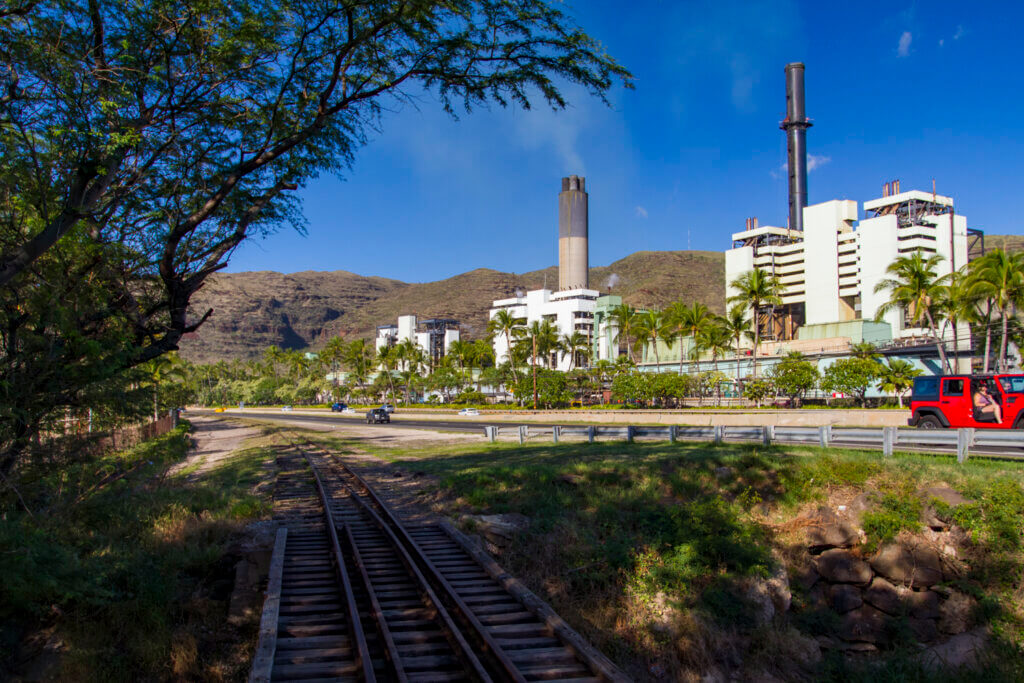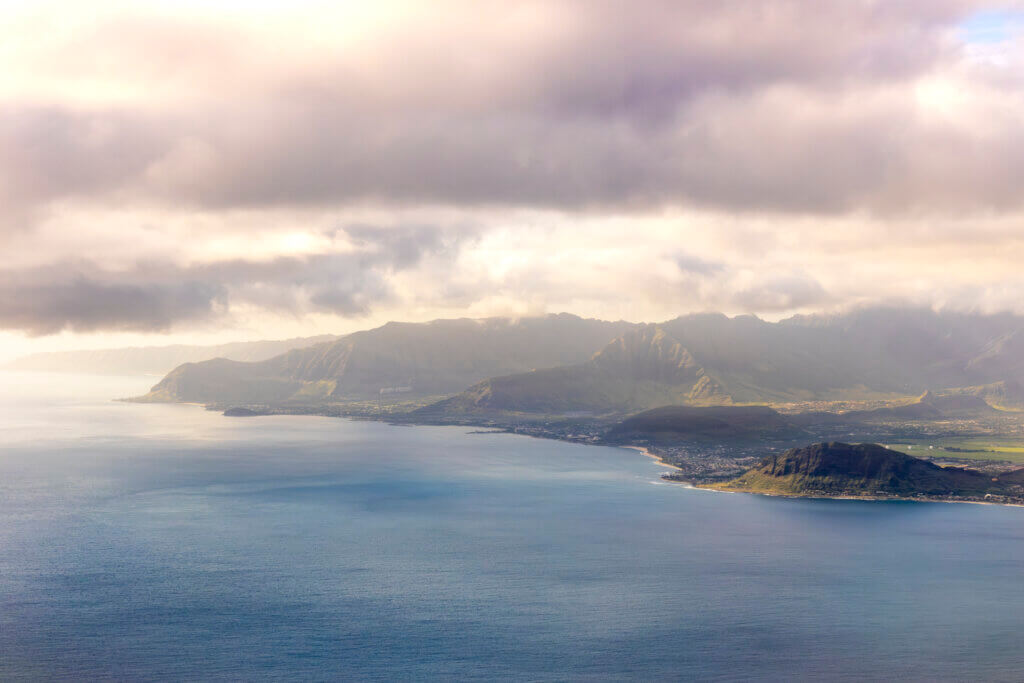Summertime in Hawai’i means long days at the beach, shave ice, mango, and lychee. It also means hurricane season which, thankfully, isn’t usually an issue for us. However, now summertime means wildfire season, and, with it, the potential for disruptions in electrical service with the Hawaiian Electric Public Safety Power Shutoff Program.
Hawaiian Electric (HECO), the electric utility that operates the electric grids on every one of the main Hawaiian Islands except for on Kaua’i is still reeling from the August 8, 2023, Lahaina fires. Numerous lawsuits, including one filed by Maui County (though, they’re complicit in what happened, too) are blaming the utility for what happened. And even if they’re acquitted, there’s no doubt that more could have been done to prevent the fire. HECO just didn’t want to take those steps before, as people would complain. As much as people will deny this, HECO is right.
Going forward, HECO is going to ignore those complaints and put fire prevention first. Of course, the biggest facet of these measures went into effect on July 1, 2024 – the Hawaiian Electric Public Safety Power Shutoff Program. Yes, this means that under certain conditions, thousands of customers across the state will lose electrical power, including visitors.
Hawaiian Electric Public Safety Power Shutoff Program
As its name suggests, the Hawaiian Electric Public Safety Power Shutoff Program seeks to mitigate wildfire risks by cutting power to sections of the grid in high-risk areas. If you look at the maps provided by the utility, you’ll see that there’s a theme to them – most of the impacted areas are on the Leeward (western) sides of the islands. This is because these areas are often the driest, and are also prone to high winds.
Specifically, the Hawaiian Electric Public Safety Power Shutoff Program will impact the following areas:
- Oʻahu: Waiʻanae, Mākaha, Nānākuli, Mākaha, Māʻili, and Kaʻena Point (2,700 customers)
- Maui: Kahului, Wailuku; Puʻunēnē; Waikapū; Māʻalaea; virtually all of Up Country including Pukalani, Makawao, Kula, and Kēōkea; portions of Kīhei; Haleakalā National Park; Olowalu; Launiupoko; Lahaina; Kāʻanapali; Nāpili-Honokōwai; and Kapalua (25,300 customers)
- Hawaiʻi: portions of Keahou, Hōlualoa, parts of Kailua-Kona, Palani Junction, Kaloko, Mauna Kea State Park, Waikōloa Village, Holoholokai Beach Park, Puakō, Hāpuna State Park, Mauna Kea Beach Resort, Hāpuna Beach Resort, Waimea, Waikui, Kawaihae, and Māhukona (19,300 customers)
- Molokaʻi: portions of Central Molokaʻi (11 customers)
As you can see, impacts to visitors are mostly on Maui and Hawaiʻi Island, as the Mauna Kea/Hāpuna Resort, Kāʻanapali Resort, Nāpili-Honokōwai, and Kapalua Resort areas are all affected. How much impacts you see greatly depends on whether the specific property youʻre staying at has backup power, along with how long backup power they’re able to produce.

How Will it Work?
Aside from letting us know what areas will be impacted, HECO gave us an idea on how the Hawaiian Electric Public Safety Power Shutoff Program will work. It’s a little confusing, as a lot of their communications say the program will go into effect during “red flag” conditions. However, when asked by the Honolulu Star-Advertiser, a company spokesperson said it isn’t quite that black and white.
Red flag conditions are defined by the National Weather Service as a period in which humidity is 45% or less and winds are 20 mph or more as measured at the Daniel K. Inouye International Airport in Honolulu. We typically see these conditions for at least several days per year, though they tend to vary based on other influences.
For their part, HECO says that they won’t cut power during red flag warnings under the NWS’ definition. Rather, they’re looking for stronger winds of 45 mph or more. They’re also going to take other factors into consideration, too, such as fire watch warnings, low humidity, and field observations from their own observers in the field. The company also hopes to give customers a 24- to 48-hour warning before cutting power.
Hawaiian Electric Public Safety Power Shutoff Program, Final Thoughts
These types of programs are very common in places life fire-ravaged California, and will likely become increasingly common here. HECO is quick to note that the areas defined above are a start. The program will be expanded to other higher-risk areas as they complete additional studies. Those listed today are simply the highest risk areas. On Oʻahu, that means we’ll likely see the program expanded to places like Waipiʻo.
At any rate, what can we do to insulate ourselves from these disruptions? Not much, unfortunately. If you’re a visitor, you could shift your visit to winter or spring, but that means enduring wetter weather, which can be devastating on its own, too. You could also avoid impacted areas, though that takes out most of the options available on Maui, and some great options on Hawai’i Island.
For residents, the only thing you can do is have a back-up generator, portable battery “generator,” or whole-home battery backup (with or without solar).

